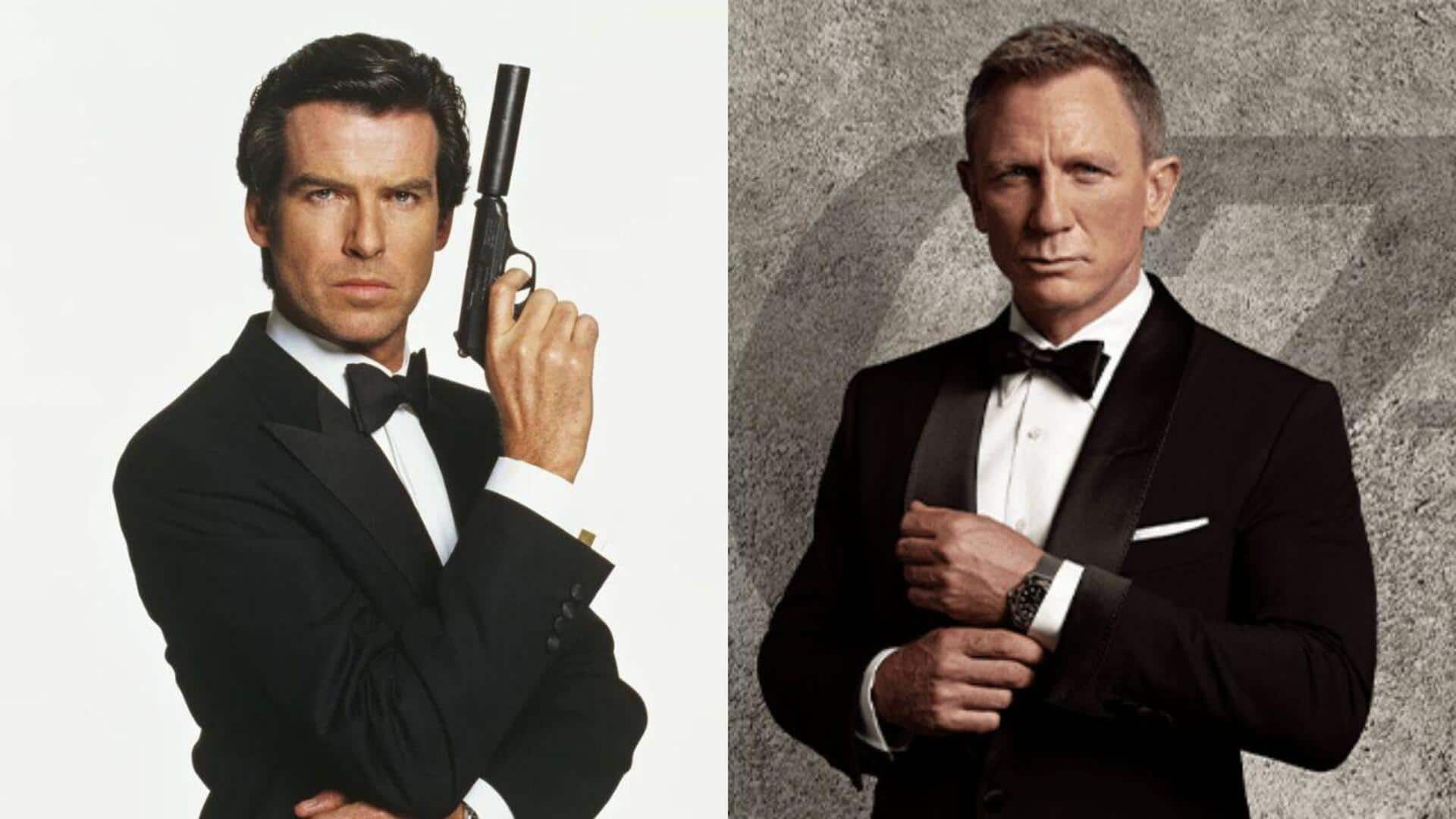
How James Bond films adapted to modern times
What's the story
The character of James Bond has seen drastic changes in US cinema over the decades. From his first appearance on the big screen to his most recent incarnations, Bond has evolved with the times and audience sensibilities. In this piece, we look at how the iconic spy has evolved, from changes in casting choices to technological advancements and cultural shifts that have shaped his portrayal.
#1
Casting changes over time
James Bond's character has been portrayed by a number of actors, each giving their unique touch to the legendary role. Originally played by Sean Connery in the 1960s, Bond was all suave and sophisticated. Over time, actors like Roger Moore and Pierce Brosnan gave their take, with Moore adding charm and Brosnan a modern touch. Craig's Bond redefined the gritty character for modern audiences.
#2
Technological advancements in films
The evolution of technology has greatly affected James Bond films. The early ones had revolutionary gadgets for their time, but they appear quaint today. With the advancement of special effects and CGI, recent ones have presented more realistic action scenes and high-tech gadgets that are in sync with modern-day technology. This speaks of changes in filmmaking and the audience's expectations of more immersive experiences.
#3
Cultural shifts influencing storylines
Cultural changes have also played a key role in shaping James Bond storylines over the years. Earlier films often reflected Cold War tensions with plots centered around espionage between superpowers. As global dynamics shifted post-Cold War era, newer movies started addressing issues like cyberterrorism or environmental threats instead of traditional geopolitical conflicts—demonstrating how societal concerns influence cinematic narratives.
#4
Evolving depictions of women characters
The representation of women has changed drastically in James Bond films. From being merely sidekicks or love interests, they now stand as strong, independent characters essential to plot development. This change is in line with the societal push for gender equality in media, making the genre even more appealing without compromising its traditional entertainment quotient.